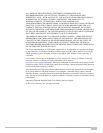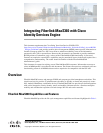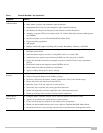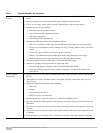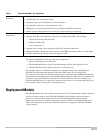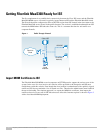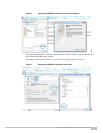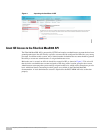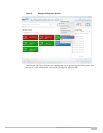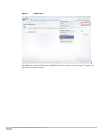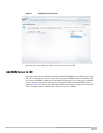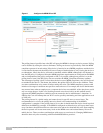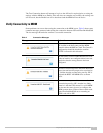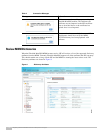
Corporate Headquarters:
Copyright © 2013 Cisco Systems, Inc. All rights reserved.
Cisco Systems, Inc., 170 West Tasman Drive, San Jose, CA 95134-1706 USA
Integrating Fiberlink MaaS360 with Cisco
Identity Services Engine
This document supplements the Cisco Bring Your Own Device (BYOD) CVD
(
http://www.cisco.com/en/US/docs/solutions/Enterprise/Borderless_Networks/Unified_Access/BYOD
_Design_Guide.html) and provides mobile device management (MDM) partner-specific information as
needed to integrate with Cisco ISE. In an effort to maintain readability, some of the information
presented in the CVD is repeated here. However this document is not intended to provide standalone
BYOD guidance. Furthermore, only a subset of the Fiberlink MaaS360 functionality is discussed.
Features not required to extend ISE’s capabilities may be mentioned, but not in the detail required for a
comprehensive understanding. The reader should be familiar with the Fiberlink MaaS360
Administrator’s guide.
This document is targeted at existing or new Fiberlink MaaS360 customers. Information necessary to
select an MDM partner is not offered in this document. The features discussed are considered to be core
functionality present in all MDM software and are required to be compatible with the ISE API.
Overview
Fiberlink MaaS360 secures and manages BYOD and company provided smartphones and tablets. This
cloud-based service provides IT administrators the ability to quickly on-board and proactively secure
iOS, Android, BlackBerry, and Kindle devices. Fiberlink MaaS360 also provides pre-built integrations
with critical enterprise security, identity, email, and mobility infrastructure for a seamless enterprise
mobility and collaboration experience on both campus WLAN and carrier networks.
Fiberlink MaaS360 Capabilities and Features
Fiberlink MaaS360 provides the life-cycle management capabilities and features highlighted in Table 1.





